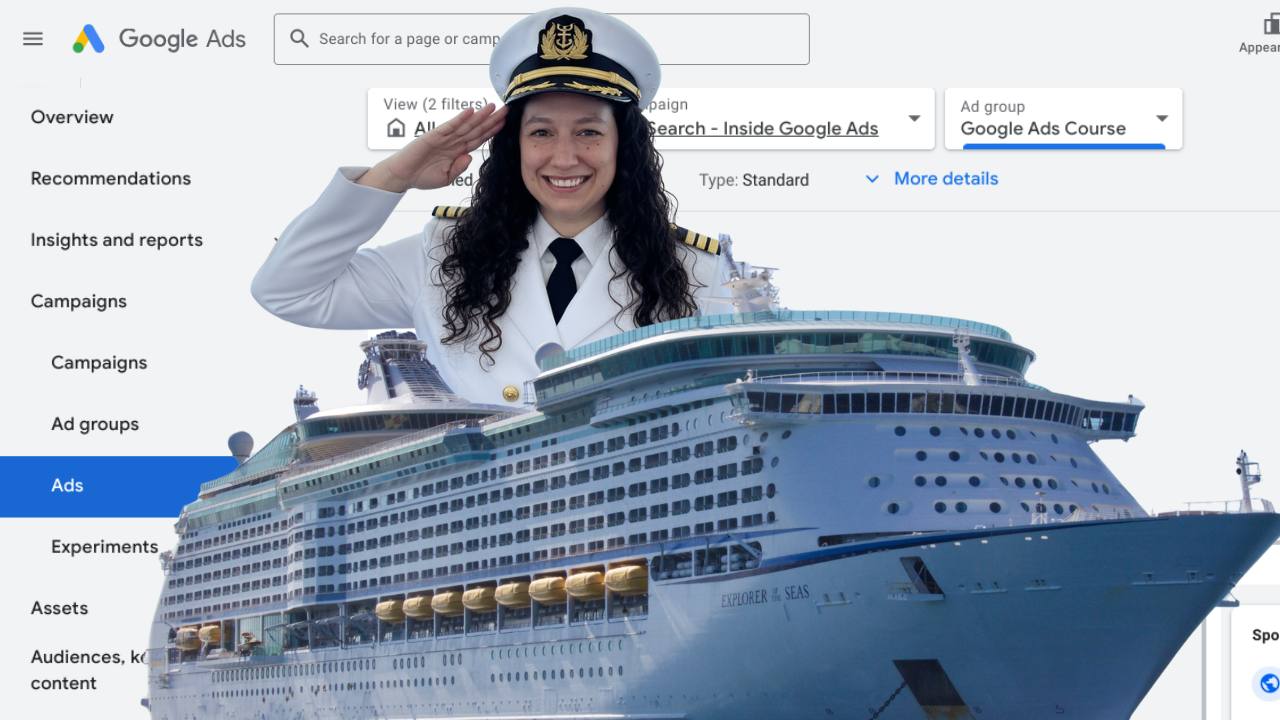When Your Cost Per Lead Triples Overnight
I have a delightful new Google Ads coaching client who we'll call George. George runs a home services business in Portland, Oregon, and has been managing his Google Ads himself after giving up on various agencies. His story highlights a very common problem, and it's a great example of how to approach troubleshooting your own campaigns.
George booked a call with me because, almost overnight, his cost per lead (CPA) had tripled. In March 2025, he was happily paying between $20-$30 per lead. But by May 2025, that had jumped to $80-$90 per lead! This is a nightmare scenario for any business owner, and it's one of the main reasons people reach out to me for help.
When your Google Ads CPA suddenly skyrockets, you need to investigate two potential culprits:
- Rising cost per click (CPC)
- Falling conversion rate
So, that's where we started. George's conversion rate (how many clicks turn into leads) was strong at 15% - and it hadn't changed.
However, his CPCs had jumped significantly. In March, his average CPC was around $4. By May, it was $13! He was spending the same amount of money but getting far fewer clicks, which meant far fewer leads. This was the root cause of the CPA problem.
Once we knew CPC was the issue, we then dove deeper. What are the potential culprits for rising CPCs?
- Changes in how you're bidding.
- Changes in your Quality Score.
- Changes in the search terms matching to your keywords.
- Changes to your ads.
- Changes in competition (the auction, search impression share).
We quickly ruled out competition, ad copy and bidding, but a look at the search terms report gave us pause.
George was primarily using phrase match keywords. He had his brand, competitor, and general non-brand keywords in separate ad groups, but all within the same campaign. He also had a Dynamic ad group in the mix, so there was a lot of stuff going on in this one Search campaign.
Even though George hadn't changed his keywords, the types of search terms he was showing up for most in May were completely different from those in March. Plus, the ad groups were essentially all targeting the same thing - his brand terms were matching to non-brand keywords, competitor terms were matching to brand keywords, etc. The beauty of phrase match. *sarcasm*
By this point in the meeting, I could tell George was impressed by what we'd found, but also overwhelmed. Instead of recommending a full campaign overhaul right away (which can be a lot to digest in one meeting), I recommended some immediate fixes:
- Negative Keywords: We added several negative keywords so he would stop paying for irrelevant search terms.
- Bid Strategy Adjustment: George was using Target ROAS bidding. While he did have different conversion values in place for different conversion actions, I didn't think this was serving him well. Target ROAS requires much more conversion data than Target CPA to work effectively, and George didn't have that kind of volume. I recommended switching to Target CPA, since his goal was to reduce his CPA. We set the target at the current $80, and my advice was to gradually lower it over the next couple of weeks until he gets it down to the $40-$50 range he prefers.
- Quality Score improvements: While it probably hadn't changed since March, improving Quality Score is a powerful way to reduce CPCs and improve ad rank. We found that George's Expected Click-Through Rate and Ad Relevance were both generally "Below Average." To fix this, I focused on his ads. George had filled out all 15 headlines and all 4 descriptions in his RSAs. On a small budget, this can really slow down Google's learning process. We removed assets so that he had just 10 headlines and 3 descriptions, and among those options, we used both Dynamic Keyword Insertion and Dynamic Location Insertion to make his ads more specific, appealing and relevant, which can boost CTR, which can boost Quality Score, which can reduce CPCs. Whew!
We wrapped up the call with clear next steps:
- Repeat the search term review process regularly.
- Add more negative keywords as needed.
- Update his ad copy across his different ad groups with the new strategy.
We're planning to meet again in about a month to review the Target CPA performance and see how things are improving. In my head, I'm already thinking about how we can simplify his campaign structure even further in our next session.
Key Takeaways for You:
- Don't panic! When CPAs skyrocket, take a structured approach. First, check CPCs vs. Conversion Rate.
- Watch your Search Terms: Even without keyword changes, the types of searches your ads appear for can shift dramatically.
- Simplify when needed: Sometimes a simpler bid strategy or fewer ad variations can help Google learn faster and improve performance.
- Quality Score matters: Regularly review your Expected CTR, Ad Relevance and Landing page experience - they directly impact your costs.
Want my eyes and expertise on your Google Ads account? Book a call with me and we'll fix your campaigns together.



